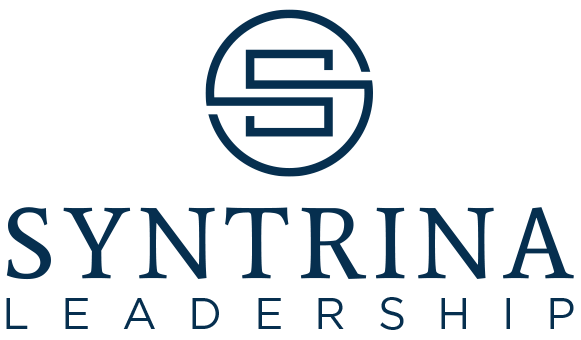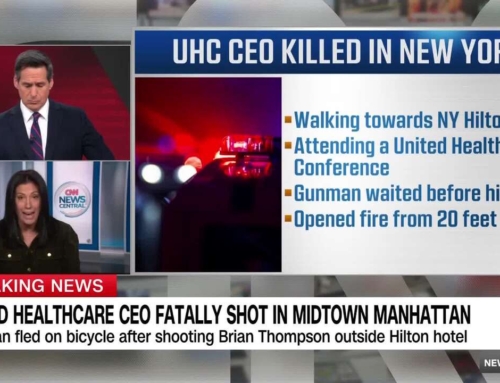Just because you can do something doesn’t mean you should. I know it feels quicker or more rewarding to do it yourself: to answer that question, respond to those emails, and/or solve the problem of the day. However, every time you jump in and do something that others could do, you detract from your work, work that only you can do. You also hinder others from learning, leading, and working at their appropriate level.
We each have only eight to ten good working hours per day, so it’s imperative we leverage ourselves first, and then coach and develop others to do the same.
Start With You
What are the two or three key things someone at your level of leadership needs to be spending the majority of his/her time on?
- What is your real job?
- What is it that only you can do from your title and position of power?
- Where do you need to show your face because your presence matters enormously?
- What communication can only come from you?
Where do you currently spend the majority of your time?
- Look at your calendar.
- What changes need to occur?
What do you currently do that really needs to be owned by others?
- Who else can do those things? Who really needs to own those tasks?
- Who do you need to hire and/or teach, coach, and develop to lead those responsibilities and own areas of the business?
What is your plan and timeline to ensure this occurs?
- What communication about these changes—your Strategic Leadership Development Vision (SLDV)—needs to occur (with whom, when, and how)?
Coach Your Team
You have an exciting message for your direct reports and it is this: As we advance the business this year, we are also going to advance ourselves.
How?
This year, we are going to focus on our own leadership growth and development such that by year end, every single one of us is working at our own personal and professional next level.
- Let’s start with me. At my level of leadership, my job is to focus on _____, _____, and ______.
- Currently, where I spend my time is ________, _______, and _______.
- Therefore, I need to start ______ and ______, stop _____ and _____, and continue _____ and ______. (This includes this personal change, e., eating better, getting more sleep, exercise etc.)
- As you think of your own job, your current role, and all you aspire to accomplish, learn, and become, what do you need to start, stop, and continue doing?
- Now write it out. Draft your own Personal Development Plan (PDP) and prepare to present it.
- Present your PDP to me as you would any other important business presentation. Impress me with your ability to handle every aspect of this task professionally. Use this as an opportunity to demonstrate how clearly and concisely you can communicate as well as your ability to accurately (self)assess talent.
- Tell me:
- Where you are currently highly effective?
- Where you want and need to learn, grow, and develop?
- What your plan is to get there by year end?
- What knowledge, experience, and network you will develop?
- Which greater communication, relationship, and leadership skills you will demonstrate?
- Exactly how you will measure your success. Which metrics will allow you to know that you have reached your next level of leadership ability and performance?
And finally:
- What you want and need from me, your leader?
To lead your SLDV, keep sharing it. At every team meeting and during one-on-ones, reiterate your message and include time to check in on progress. Take every opportunity to provide feedback and coaching.
For example:
Remember team, over the course of this year, we are all learning how to work at our next level, to think and lead with a greater strategic focus, a greater customer focus, and greater attention to marketplace changes. Therefore, right now, we need to _____ and ____.
For me, this means ____ . (Lead with yourself).
For you, with this project/situation, this means _____, and it looks like and sounds like this _____.
To lead a learning culture that will allow you and your team to achieve your SLDV and advance, not only the business, but the leadership ability of every member, share your own struggles and challenges with your team. Starting with yourself ensures that others see this initiative as real. It also creates trust and safety when others see you, their leader, also stretching outside your comfort zone and learning, failing, and growing alongside each of them.
If They Don’t Get It
If your team or members of your team fail to demonstrate the necessary quality of thought, behavior, and decision making, don’t be negative or judgmental. What you have just learned is that they don’t yet fully understand what you are asking of them and/or they don’t yet know exactly how to translate it. This is where your leadership and coaching comes in. Your job is to ensure they get it and are able to live it. You coach them on this until they do get it. You don’t complain about members of your team to others, ever.
Everything that happens is a teachable, coachable moment.
Some team members will excel. Have those members mentor others. The behavior of others will inform you that they are no longer right for the role. Pay attention, trust yourself, and, with love and respect, move those who will simply not make it onto other opportunities.
The very best professionals seek and crave development and it is your job to provide it. Groom them. Champion them. Lead them well. Only you can do it.
As published in The CEO Magazine .






